The Leader as Juggler: 3 P’s to Succeed
By Ron Price CEO of TTISI
Ron currently serves as president of TTI Success Insights Ltd and a friend of ELAvate. Ron Price has served in leadership positions for over 50 years. Ron is the author of five books on various aspects of leadership that are all available on Amazon.com. Gain from his wisdom and read on.
Leading well is a multi-faceted responsibility. I often read articles and blogs where a leadership expert writes, “This is the one thing you need to do right!” Earlier in my career, I was easily influenced by these formulaic approaches to leadership. Whether it is “The One Minute Manager”, “The One Thing”, “The One Thing You Need to Know”, or “First, Break All the Rules” --- you get the idea. I have read all these books and many more, and every one of them has become part of the mosaic of my beliefs about effective leadership, but none represent the whole story.
Having been privileged to lead several for-profit and not-for-profit organizations, I have concluded that leading well requires understanding and balancing several competing interests in an organization. The challenge for a leader is to learn how to take what appear to be competing interests and blend them into interests that work together to create a healthy, successful, and sustainable organization.
The Three Balls Leaders Must Juggle
I believe leadership responsibilities can be defined by three key themes: purpose, performance, and people.
Purpose
Defining and pursuing the purpose of an organization should always transcend the organization’s self-interest, and I realize many investors, analysts, and shareholders may disagree with this conclusion. This pursuit of purpose doesn’t satisfy their motivation to maximize the return on their investment. Whether for retirement funds, venture funds, equity funds, or any other vehicles of investing, most investors care much more about ROI than they do about purpose. They are judged or satisfied much more by financial results.
I understand and believe that it is vital for leaders to pay attention to these interests. However, if you think our human journey is about more than money, you eventually realize that money is simply a tool to do something more significant. The leaders we admire most are never selfish, greedy, or exploitative. They are purpose and principle-driven. In today’s environment, leaders are constantly pressured to be distracted by other interests, but the long-term sustainability of the organization is dependent on staying true to a strong sense of purpose.
Performance
Next, a successful leader must have a crystal-clear focus on performance. All organizations must measure performance in tangible ways. For some organizations, this is profit. Profit is the difference between the revenue an organization brings in and what it spends—it is what is left over for shareholders, members, or future investments by the organization. Financial experts find many more ways to play with performance definitions, especially in the era of lightning-speed technology, market value, capitalization, and more.
However, in the long run, no organization survives without taking in more money than it spends. As the saying goes, “No margin, no mission.”; no matter how noble your business purpose is, the mission is eventually lost if you can’t meet performance expectations. This risk is why leaders must put a higher premium on performance than purpose.
People
Despite that, performance still isn’t the most important area of focus for an effective leader. The final ball leaders juggle in a successful organization: People. Purpose and performance are hollow if they don’t ultimately serve people's interests.
Every organization has several stakeholders, starting with customers or constituents. For some organizations, there are distribution partners with their own interests. Virtually all significant organizations have staff members with interests that often include compensation, benefits, professional growth opportunities, a safe work environment, friendship, and personal fulfilment.
In addition to customers, distribution partners, and staff, most organizations have suppliers, investors or members, and communities. All of these groups want something from the organization. Often, the interests of these stakeholders can appear to be at odds, creating competitive pressure for the leader’s attention. A strong leader learns how to understand, organize, and communicate in ways that help everyone associated with an organization conclude that their continued interaction with the organization is preferable.
Because every organization exists to serve people, this is every leader's ultimate and most important responsibility. She must ask, “In the pursuit of our performance and our purpose, are we serving the right people in the right ways.”
Sounds simple, doesn’t it? I have yet to be part of any organization where this is easy, which is where our juggling analogy comes in. Through decades of learning, experimenting, sometimes failing, and never quitting, I have concluded that all three “Ps” must continually be given careful attention.
As I have written, purpose is important, performance is more important, and people are the most important of all. However, that doesn’t mean this should always be the order of emphasis or priorities. In some organizations, you aren’t serving the people or the purpose if you don’t emphasize performance above the other two. In other organizations, an overemphasis on performance may challenge the integrity of the organization’s purpose. Finally, some organizations emphasize people so much that the organization fails to perform adequately, and, as a result, the purpose is lost or dramatically diminished.
One of my mentors, Dr. David Mefford, proposed a phenomenology or pattern of development for organizational effectiveness. He suggested that the emphasis should shift throughout an organization’s development cycle. Here is an example of what he taught me:
Phase 1: Purpose, then performance, then people
Phase 2: Purpose, then people, then performance
Phase 3: Performance, then purpose, then people
Phase 4: Performance, then people, then purpose
Phase 5: People, then purpose, then performance
Phase 6: People, then performance, then purpose
Altogether, Dr. Mefford identified 13 phases with detailed ideas about how leaders can effectively juggle the three balls that lead to success. He used a methodology called formal axiology, a theory I have studied for twenty years with great passion. Axiology is the study of value and value creation, and the deeper I go into what he taught me, the more richness I find in the theory. It has become the primary lens I use for identifying strengths, weaknesses, and next steps for any organization.
Moving Forward With the 3 P’s
Juggling purpose, performance, and people isn’t easy, but it’s crucial for organizations that want to succeed. Leaders who can find a way to balance these three areas will help keep stakeholders happy while guiding their companies exactly where they need to go.

